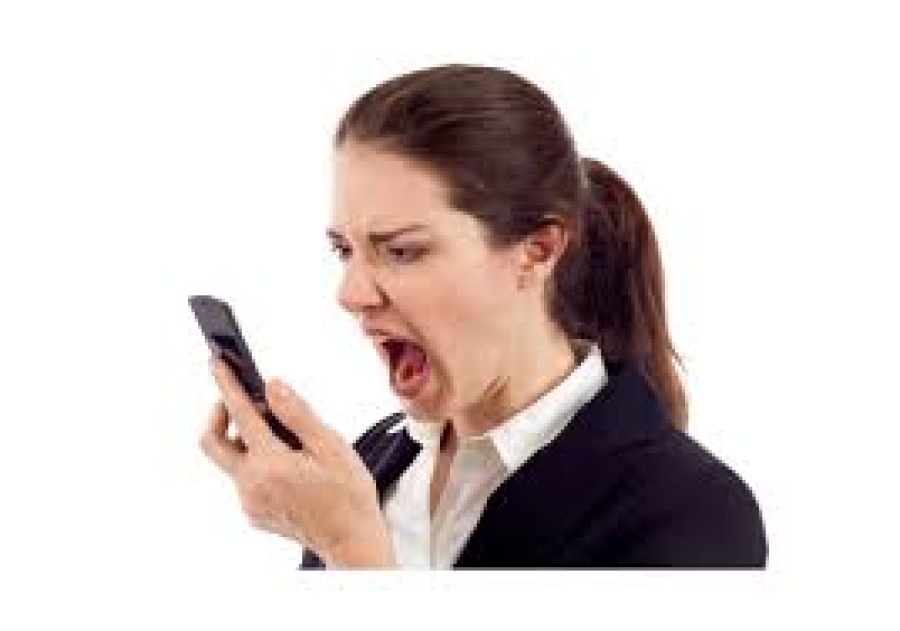How to Follow Up with Clients Without Being Pushy
Following up with clients is a key part of maintaining strong relationships and ensuring that projects stay on track. However, it’s easy to feel like you’re being too pushy, especially when you’re eager to secure feedback or move forward with the next steps. In this article, we’ll discuss how to follow up effectively with clients in a way that’s professional, polite, and not overly aggressive.
Long Description:
Effective follow-up with clients is essential for freelancers who want to maintain strong, long-term working relationships. However, the line between being persistent and being pushy can be thin. If you push too hard, you risk irritating clients and potentially losing business. On the other hand, not following up enough could cause you to miss opportunities or leave clients thinking you’re not reliable. Here’s how to follow up with clients without overstepping the bounds:
Set Clear Expectations Early On
- Why It Matters: Setting clear expectations about communication and timelines helps prevent misunderstandings later. When both you and the client know when to expect updates, it makes following up less intrusive.
- Tip: At the start of a project, discuss how often you’ll be in touch, and at what points you’ll follow up. If both parties are on the same page, follow-ups become a natural part of the workflow.
Timing Is Key
- Why It Matters: Timing your follow-up is crucial. Following up too soon can come across as impatient, while waiting too long can make you seem unprofessional or forgettable.
- Tip: Aim to follow up 3-5 days after sending your initial message, depending on the urgency of the project. For ongoing projects, schedule regular check-ins or updates so clients know when to expect your communication.
Be Polite and Professional
- Why It Matters: Politeness is essential to maintaining good client relationships. A gentle reminder or a polite inquiry is much more likely to result in a positive response than an aggressive follow-up.
- Tip: Always be courteous in your follow-ups. Keep your tone professional, acknowledging the client’s busy schedule. A simple message like, “I wanted to check in to see if you had any feedback on the work I submitted last week” keeps the follow-up light and professional.
Provide Value in Your Follow-Up
- Why It Matters: A follow-up that adds value will make the client appreciate your effort, rather than feeling like you’re simply asking for something.
- Tip: Instead of just asking for a response, offer something helpful in your follow-up. For example, if you’re awaiting feedback, you might add a suggestion or an additional resource related to their project that can move things forward.
Be Clear About Your Intentions
- Why It Matters: Clients are busy, and they appreciate knowing what action they need to take when they receive a follow-up. Being clear about your expectations makes the process easier for both sides.
- Tip: Be specific in your follow-up. For example, “Could you please provide feedback by Friday so I can move ahead with the next steps?” This way, you’re setting expectations without sounding demanding.
Use Multiple Channels (When Appropriate)
- Why It Matters: Some clients prefer to communicate through email, while others may prefer phone calls, text messages, or even social media. If you haven’t heard back through one channel, consider politely reaching out via another.
- Tip: If you don’t get a response after an email follow-up, try reaching out via another medium, such as LinkedIn or a quick phone call. Ensure that your tone remains friendly and accommodating.
Limit the Frequency of Follow-Ups
- Why It Matters: Bombarding clients with follow-up messages can be off-putting. Limiting how often you check in ensures that your communication remains professional and doesn’t overwhelm your client.
- Tip: Limit follow-ups to one per week unless the situation demands more frequent communication. If you haven’t received a response after a couple of follow-ups, it’s okay to let things be for a while and revisit the topic at a later time.
Be Ready to Walk Away if Necessary
- Why It Matters: While persistence is important, there comes a time when a lack of communication is a sign of disinterest or a lack of commitment. If you’ve made multiple attempts to follow up and haven’t received a response, it may be best to move on to other opportunities.
- Tip: After a reasonable number of follow-ups (e.g., 3), consider giving the client space. If you don’t hear back after a few weeks, politely close the conversation and let them know that you’re available if they decide to move forward in the future.
Maintain a Positive Attitude
- Why It Matters: Clients will respond more favorably to freelancers who remain upbeat and positive, even in follow-up situations. A positive attitude conveys professionalism and shows that you’re committed to the work.
- Tip: Keep your language upbeat and friendly, even if you’re frustrated by a lack of response. For example, “I hope you’re doing well! Just checking in to see if there’s any feedback on my last submission.”
Know When to Stop
- Why It Matters: Recognizing when to stop following up is important. If a client has decided not to move forward with the project or isn’t responsive, continuing to chase them can be detrimental to your reputation.
- Tip: If after several attempts you don’t get a response, respect their silence. Move on to other opportunities without burning bridges, and leave the door open for future projects.
By mastering the art of following up professionally and politely, you’ll build stronger client relationships and improve your chances of getting timely responses, all without coming across as pushy or demanding.


 by Emily
by Emily




